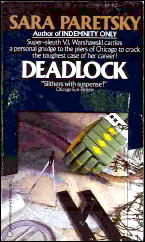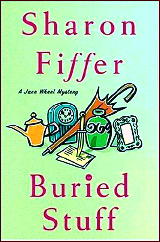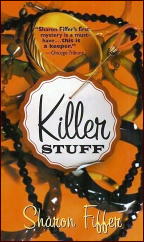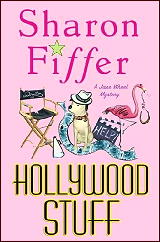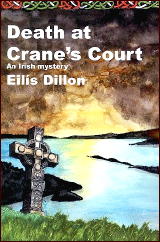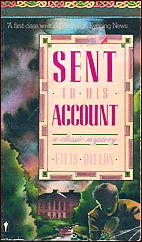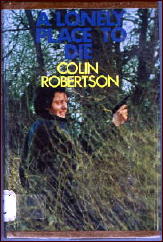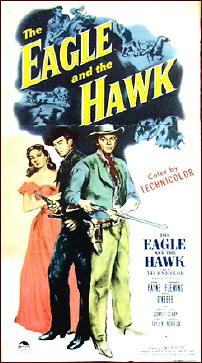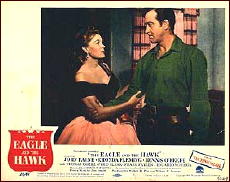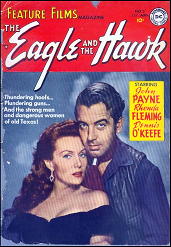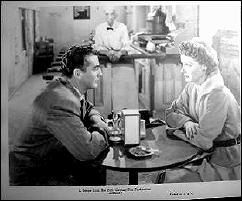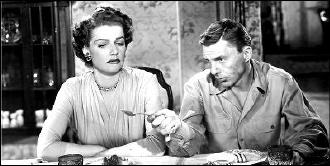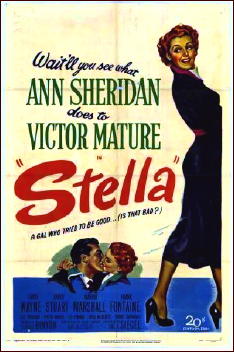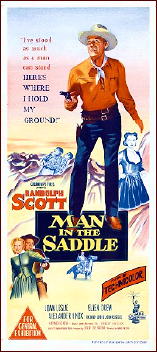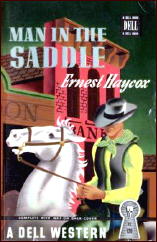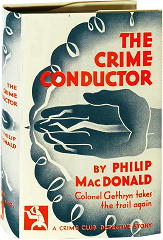Mon 22 Feb 2010
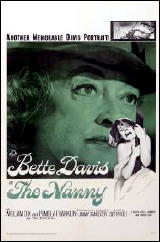
THE NANNY. Seven Arts/Hammer Films, 1965. Bette Davis, Wendy Craig, Jill Bennett, James Villiers, William Dix, Pamela Franklin. Screenwriter: Jimmy Sangster, based on the novel by Evelyn Piper. Director: Seth Holt.
Most of the reviews that I’ve glanced at so far have been fairly consistent about one thing, and that’s their telling their readers exactly what the movie’s about, in as much detail as you could ask, if you’d like to know what’s happening and what’s going to happen every step along the way.
I’ll do my best not to duplicate their efforts, but I have to admit that with… Well, I’m not going to say what I was just going to say.
When the movie begins, Bill and Virgie Fane (James Villiers & Wendy Craig) are about to welcome home their ten-year-old son Joey (William Dix) from where he’s been for the past two years — a children’s psychiatric institution, from all appearances — a suspicion that quickly proves to be correct.
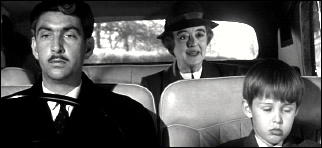
Even though Joey is about to be released, the head of the facility has his doubts. The boy is still very much prone to playing with nooses and pretending to hang himself in his room, but home he goes. Outwardly he appears to be normal, but he will have nothing to do with the family’s nanny (Bette Davis), for example, no matter how cheerful and understanding she tries to be.
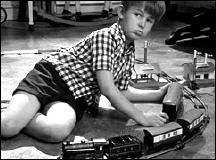
It is Joey’s mother who needs the nanny, however, a longtime fixture in her family, not Joey. We (the viewer) gradually learn that there had been a tragedy in the family, one that involved Joey’s younger sister, who’s no longer alive.
What happened? And who was responsible? Those are the questions that have to be answered, and answered they are, but if you play the game (and don’t listen to people who want nothing more than to tell you the answer) you’ll be guessing for most of the movie.
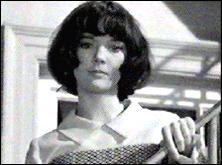
For the most part, this movie is little more than a battle of wits between Joey and Nanny, the only person siding with Joey being Bobbie Medman, the precocious and rather world-wise 14-year-old girl who lives in the apartment upstairs, played by 15-year-old Pamela Franklin. (Precocious in the sense that she has a boy friend and smokes cigarettes on the sly.)
While all of the acting is of high caliber, I was most impressed by the performances turned in by William Dix and Pamela Franklin. Without them in their respective roles, this movie could have been dull, duller and dullest. Dix also had a part in Doctor Dolittle (1967), but essentially nothing more. Pamela Franklin had a much lengthier career, mostly on TV, but earlier on made some horror movies and had, for example, a significant role in The Prime of Miss Jean Brodie (1969).
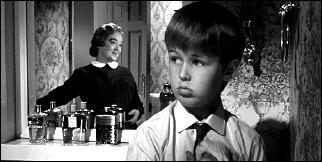
The Nanny, made in black and white, and correctly so, I believe, is a psychological thriller, and not the horror movie you might think it is, produced by Hammer Films as it was, and from the general tone of its advertising campaign. It’s not difficult to find on DVD, and in my opinion, well worth your time in watching. I enjoyed it, in any case, if you were still wondering.
